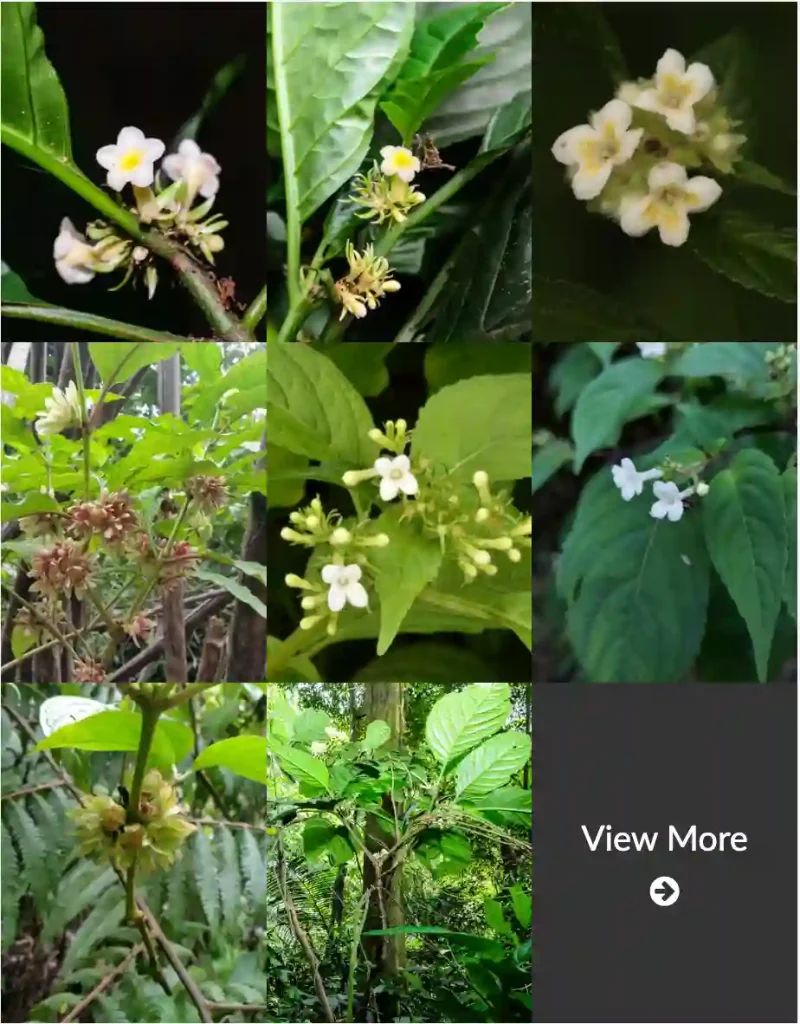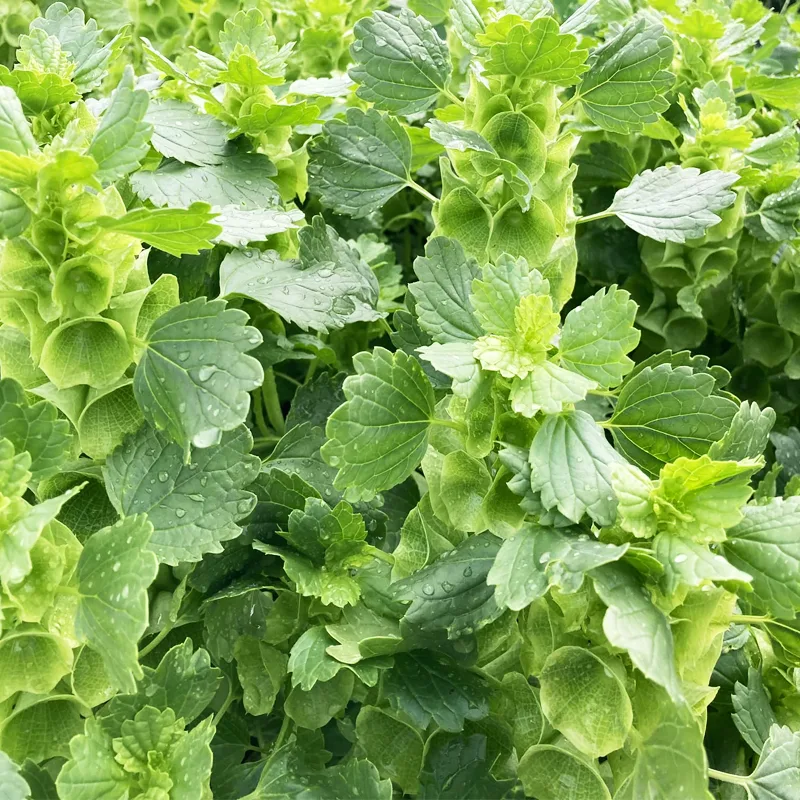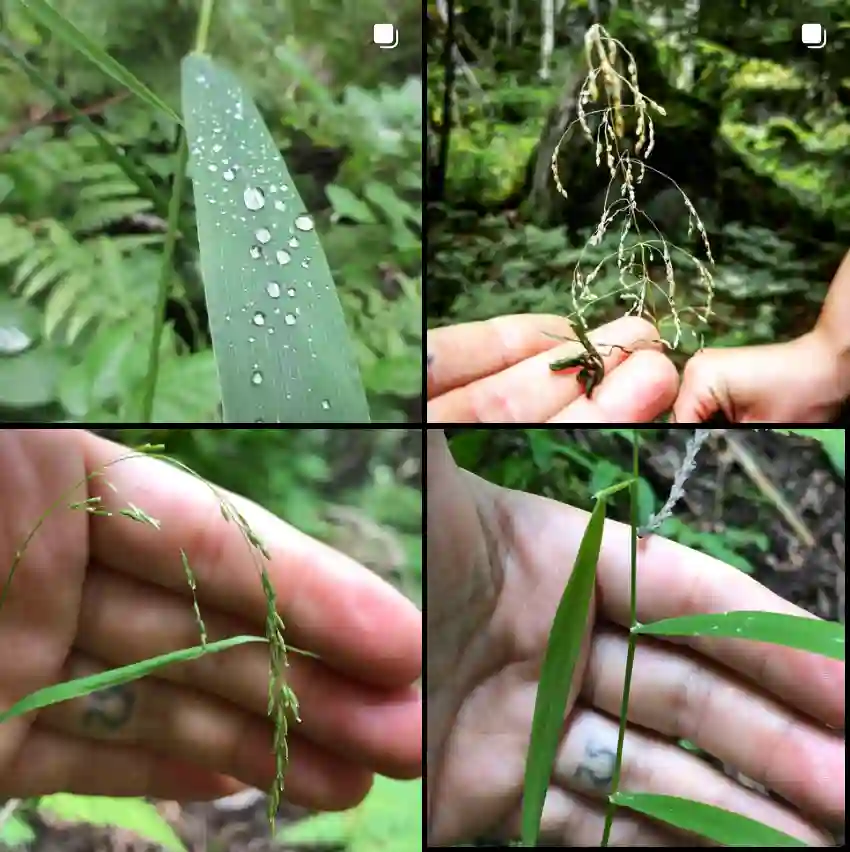
What is Pilea mollis?
Pilea mollis, also known as the Moon Valley Pilea, is a delightful plant that caught my eye with its textured, crinkly leaves. The leaves are a vibrant green with deep bronze veins, giving them a unique appearance. It’s a relatively easy plant to care for, which makes it a great addition to my indoor garden. I love how it adds a pop of color and interesting texture to my plant collection.
609 Species in Genus Pilea
Pilea Mollis vs Pilea Involucrata
I find Pilea Mollis charming with its soft, velvety leaves that seem to invite gentle touches, creating a cozy feel wherever it sits in my space. Pilea Involucrata, on the other hand, has this intriguing ripple effect on its leaves that catches the light beautifully, giving it a more dynamic presence in my collection.
How to care for Pilea mollis?
Here’s a guide on caring for your Pilea mollis:
Light:
- Pilea mollis thrives in bright, indirect sunlight. Avoid harsh direct sun, which can scorch the leaves.
- If the stems become leggy and the leaves appear sparse, it might be getting insufficient light. You can try moving it to a brighter location.
Watering:
- Water your Pilea mollis when the top inch of soil feels dry to the touch.
- Avoid overwatering, which can lead to root rot.
- Allow excess water to drain freely from the pot’s drainage holes.
Humidity:
- Pilea mollis enjoys moderate to high humidity levels.
- You can increase humidity around the plant by grouping it with other plants, using a pebble tray filled with water, or using a humidifier.
- Misting the plant occasionally can also be helpful, but avoid overdoing it as this can lead to fungal issues.
Temperature:
- Ideal temperatures for Pilea mollis are between 65-75 degrees Fahrenheit (18-24 degrees Celsius).
- Protect the plant from cold drafts and sudden temperature fluctuations.
Soil and Potting:
- Use a well-draining potting mix. A mixture of potting soil, perlite, and orchid bark can work well.
- Ensure the pot has drainage holes to prevent waterlogging.
Fertilizing:
- You can fertilize your Pilea mollis monthly during the growing season (spring and summer) with a diluted balanced liquid fertilizer.
- Skip fertilizing in the fall and winter.
Pruning and Maintenance:
- You can pinch back leggy stems to encourage bushier growth.
- Wipe down the leaves with a damp cloth occasionally to remove dust and improve aesthetics.
Propagation:
- Pilea mollis is easy to propagate by stem cuttings. Take a stem cutting with at least 2 nodes (leaf junctions) and plant it in a well-draining potting mix. Keep the soil moist and provide bright, indirect light. Roots should develop within a few weeks.
Additional Tips:
- Pilea mollis is generally pest and disease resistant. However, keep an eye out for mealybugs and scale insects.
- Rotate your Pilea mollis occasionally to ensure even growth on all sides.
Is Pilea mollis toxic to cats?
I’m relieved to know that Pilea mollis isn’t toxic to cats. Since I have a curious cat at home who loves to nibble on my plants occasionally, it’s a huge relief that I don’t have to worry about her getting sick from this one. I can keep it within her reach without any concerns about her health.
Can a Pilea mollis survive in an enclosed container?
I discovered that my Pilea mollis can actually survive quite well in an enclosed container, like a terrarium. The high humidity inside the terrarium is perfect for its lush growth, and it seems to thrive without needing much intervention. I just make sure the container gets plenty of indirect light and I open it occasionally to allow for some air circulation to prevent mold growth.
How to propagate Pilea mollis?
Propagating my Pilea mollis has been a rewarding experience. I usually take stem cuttings, ensuring each cutting has at least a couple of leaves and a node. After cutting, I let them dry out for a day to prevent rot, then place them in water or directly into moist soil. Within a few weeks, I start to see roots developing, and once they’re established, I transplant them into their own pots. It’s exciting to watch the new plants grow and fill out.
How to transplant a Pilea mollis flower?
Transplanting a Pilea mollis flower is something I’ve done a couple of times. I carefully remove the plant from its current pot, trying not to damage the roots. I then place it in a slightly larger pot with fresh potting mix, ensuring it’s at the same soil depth as before. After transplanting, I water it thoroughly and keep it in a shady spot for a few days to help it acclimate to its new home. The plant usually bounces back quickly and continues to thrive.
Is Pilea mollis toxic to dogs?
I’m glad to share that Pilea mollis is not toxic to dogs, just like with cats. Knowing this gives me peace of mind since my dog sometimes sniffs around my plants. It’s reassuring to know that if he decides to get a bit too curious, there’s no risk of poisoning from this particular plant.
If i die, water my plants!



